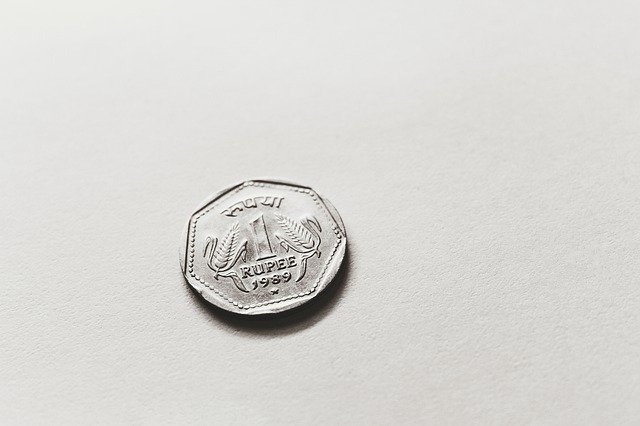Theme:
- Several countries are pushing for de-dollarization to reduce the dependence on the U.S. dollar for cross-border transactions. So, this presents an opportunity to push for the internationalization of the Rupee.
What is Currency Internationalization:
- Currency internationalization is the extensive use of the currency beyond its origin country. For example, the US dollar, an international currency is used worldwide and not just in the US. Moreover, international currencies are held by other countries as foreign exchange reserves.
- Major international currencies are the US dollar, Euro (the official currency of 20 of the 27 member states of the European Union (EU)), Yen (The official currency of Japan), and Pound Sterling (the official currency of the United Kingdom).
- Some factors such as the size of the international transactions in that currency, financial stability and political stability of the country etc., determine whether the currency can become an international currency or not.
The possibility of the internationalization of the Rupee:
- Sanctions on Russia for its invasion of Ukraine resulted in the possibility of trade agreements in currencies other than the US dollar. Several countries including India started to make agreements with each other to use their own currencies for trade. This has the potential to reduce the share of the US dollar in international transactions, which can dilute the dominance of the US dollar in the global financial system. Hence, making trade agreements with other countries in Rupees can increase the share of the Rupee in international transactions and hence can pave the way to the internationalization of the Rupee. At present, India made agreements with 18 countries including Russia, Singapore, Germany, and Malaysia to make trade in Rupees. Trade agreements with at least 30 countries in Rupees are required for the internationalization of Rupee.
- Making trade agreements in Rupees reduces the need to buy US dollars, and hence strengthens the value of the Rupee. Countries choose strong currencies as reserve currencies.
- India is a democratic country. The political stability of India can be very helpful in gaining the confidence of foreign investors and it is also a plus point to push for the internationalization of the Rupee.
- The US economy is going through an economic slowdown. This is also another opportunity for other currencies including Rupee to become global currencies.
Challenges:
- By the end of 2022, the US dollar accounted for 60% of the global currency reserves. The second-most reserve currency, Euro accounted for 20% of the global currency reserves. Hence, de-dollarization is not that simple. Moreover, the share of the Rupee in international transactions is very low. So, it may take a long time to make the Rupee an international currency.
- Among the 18 countries India made trade agreements in Rupees, India has a trade deficit with 7 countries for 5,200 crore rupees in total. If there is a trade surplus, we can invest the remaining rupees in the countries we make trade with. But a big trade deficit can be problematic. For example, at present Russia has accumulated billions of rupees in Indian banks which it can’t use. So, there is a need to reduce the trade deficit to make Rupee an international currency. Moreover, it is better to make more trade agreements in Rupees with the countries we have a trade surplus.
- Non-Performing Assets (NPA) can overwhelm the banking system and hence can affect financial stability. So, India has to solve the NPAs issue to improve financial stability, which is a prerequisite for the internationalization of the currency.
Way Forward:
- There is a need to reduce the trade deficit to make Rupee an international currency. Moreover, we should establish more trade agreements in Rupees with countries with which we have a trade surplus.
- Improving the manufacturing sector in the country and boosting exports can help in reducing the trade deficit and hence can help in making more trade deals in Rupees.
Conclusion:
Several countries are pushing for de-dollarization to reduce the dependence on the U.S. dollar for cross-border transactions. So, this presents an opportunity to push for the internationalization of the Rupee. India’s role on the global stage continues to grow, hence it’s a great opportunity to make trade agreements with many countries to make India an international reserve currency.
Your Turn…
What are your thoughts on this topic? Express your point of view through the comment section below. And subscribe to our blog to read answers to the trending GD topics.
Image by Free stock photos from www.rupixen.com from Pixabay
References:
- India is yet to recognise the soft power of making its rupee an international currency
- To internationalize the rupee or not?
- Macro Pre-conditions for Rupee Internationalisation
- Currency Internationalization
- A goal for India@100: Reserve the rupee
- Rupaayi antharjateeyikarana – editorial in Eenaadu newspaper dated 4th June 2023.
- Russia says it has billions of Indian rupees that it can’t use
Copyright @ Group Discussion Ideas.

